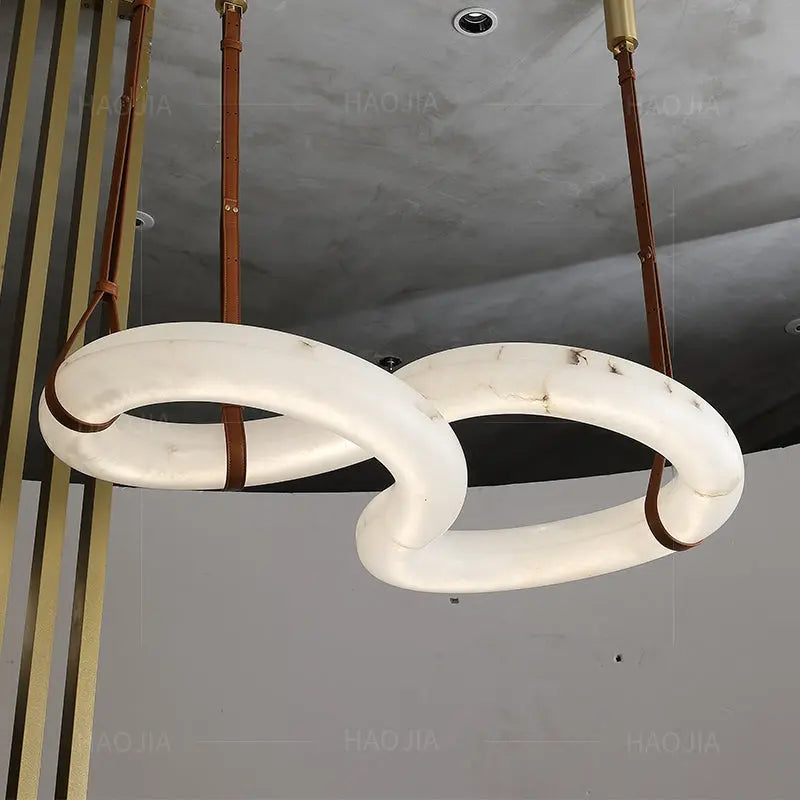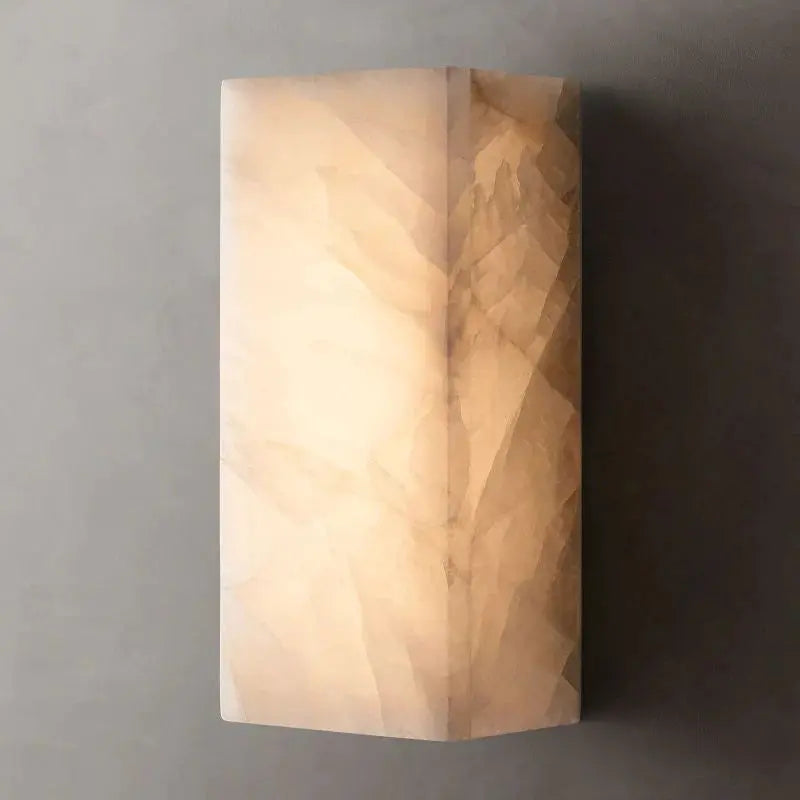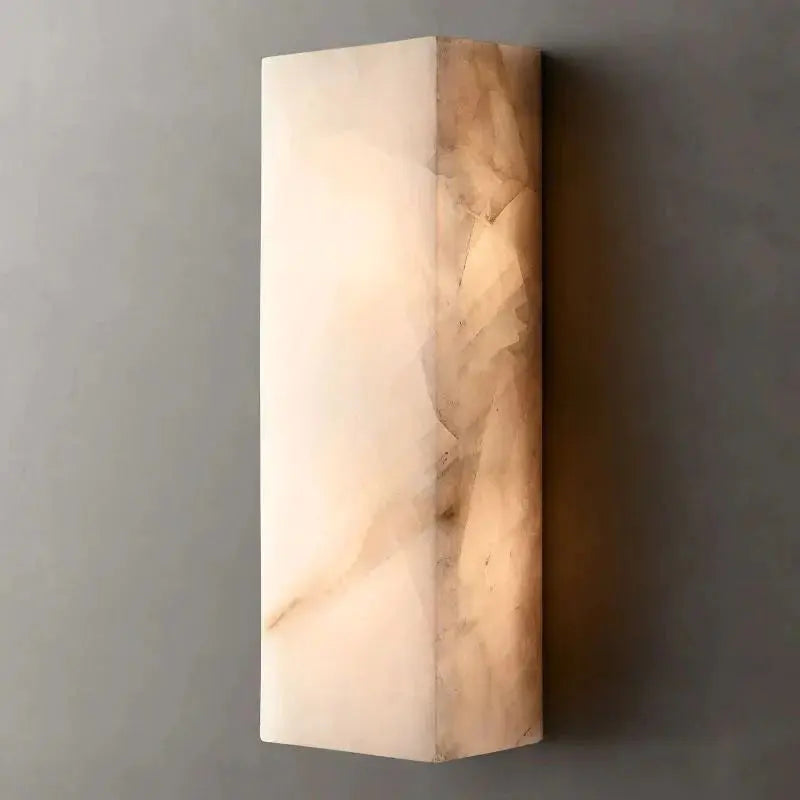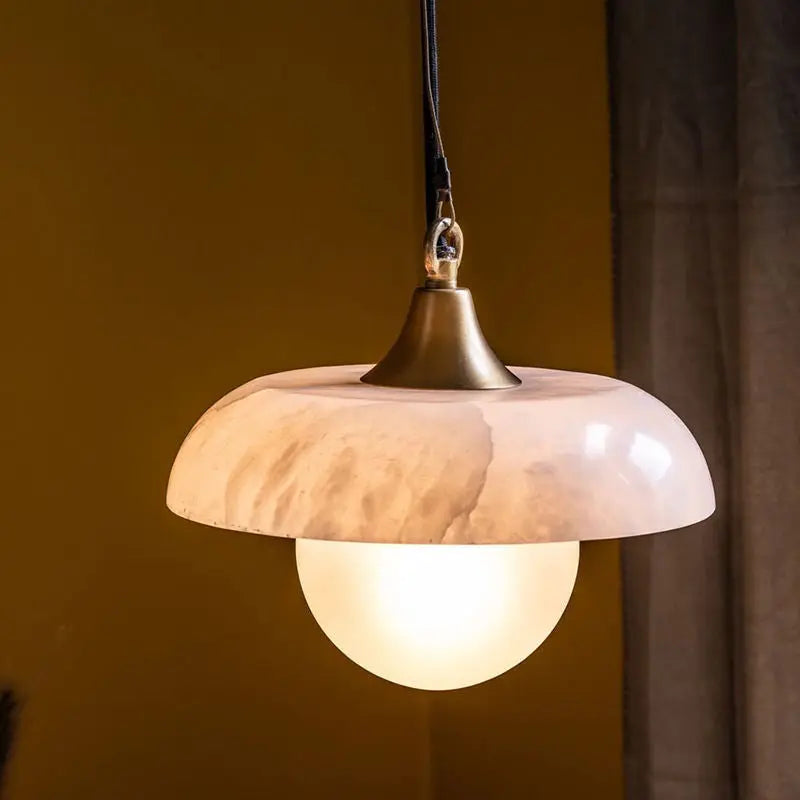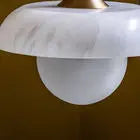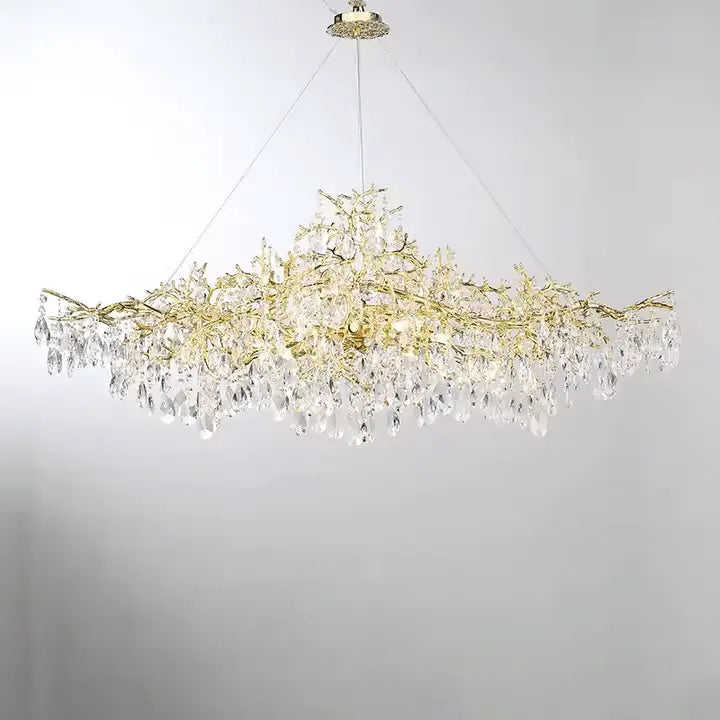Have you ever wondered how Spider-Man can defy gravity and stick to walls like a superhero? It’s not just the magic of comic books; there’s real science behind it. This article dives into the fascinating physics that allows Spider-Man to cling to ceilings and walls, drawing inspiration from nature's own climbers, like geckos. Let’s explore how these principles work and what they mean for future technology.
Key Takeaways
- Spider-Man's ability to stick to surfaces is based on real physics principles, particularly adhesion and gravity.
- Geckos use tiny hairs on their feet to create van der Waals forces, which help them climb smoothly.
- Innovative materials inspired by gecko feet are being developed for robotics and climbing technologies.
- Current technology faces challenges like surface compatibility and environmental factors affecting adhesion.
- The future of gravity-defying technology holds promise for various fields, including search-and-rescue and space exploration.
Understanding Gravity and Adhesion
The Basics of Gravity
Okay, so first things first, let's talk about gravity. We all know it's there, keeping us firmly planted on the ground. It's the force that pulls everything towards each other. The bigger something is, the stronger its gravitational pull. That's why Earth keeps us from floating off into space. It's a constant, downward force we're always fighting against, whether we're walking, jumping, or, you know, trying to climb walls like Spider-Man. Understanding gravity is the first step in figuring out how anyone, or anything, can defy it. It's a pretty big deal in the world of physics, and it's something we experience every single day. It's also why falling down hurts!
How Adhesion Works
Adhesion is what allows things to stick together. It's all about the attraction between different surfaces. Think of it like tiny little hooks that grab onto each other. There are different types of adhesion, like mechanical adhesion (where surfaces physically interlock) and chemical adhesion (where molecules bond together). But for Spider-Man, and even geckos, the most interesting type is probably something called Van der Waals force. It's a weak intermolecular force, but when you have millions of these forces acting together, they can become surprisingly strong. This is how geckos can climb walls and how Spider-Man might theoretically stick to buildings.
The Role of Surface Tension
Surface tension is another key player in the world of adhesion, especially when liquids are involved. It's what makes water form droplets and allows some insects to walk on water. Surface tension is caused by the cohesive forces between liquid molecules. These forces create a sort of "skin" on the surface of the liquid, making it harder to penetrate. While surface tension might not be the primary mechanism behind Spider-Man's wall-crawling abilities, it could play a supporting role, especially if he's using some kind of liquid adhesive. It's also important to consider how surface tension affects the way adhesives spread and interact with different surfaces. It's a complex topic, but it's definitely worth understanding when you're thinking about how things stick together.
Understanding how gravity, adhesion, and surface tension work together is crucial for figuring out how Spider-Man can stick to walls. It's a combination of different forces and principles that allow him to defy gravity and perform his amazing feats. While we might not be able to replicate his abilities exactly, studying these concepts can help us develop new technologies and innovations.
The Science of Gecko Feet
Structure of Gecko Toes
Geckos are nature's little superheroes when it comes to climbing. They can scurry up walls and across ceilings with ease, seemingly defying gravity. The secret lies in the unique structure of their toes. Each toe is covered in millions of tiny, hair-like structures called setae. These setae are incredibly small, much smaller than a human hair, and they branch out into even tinier structures called spatulae. This complex structure maximizes the surface area that comes into contact with the climbing surface.
Van der Waals Forces Explained
So, how do these tiny hairs allow geckos to stick to surfaces? The answer is Van der Waals forces. These are weak intermolecular forces that occur when atoms or molecules are close to each other. While individually weak, the sheer number of setae and spatulae on a gecko's feet creates a significant cumulative force. This force is strong enough to support the gecko's weight, allowing it to adhere to smooth surfaces like glass or walls. It's like having millions of tiny, temporary sticky pads on each foot.
Van der Waals forces are distance-dependent; the closer the molecules, the stronger the attraction. This explains why the gecko's foot structure is so crucial. The spatulae ensure extremely close contact with the surface, maximizing these forces.
Applications of Gecko Adhesion
The amazing adhesive abilities of geckos have inspired scientists and engineers to develop new technologies. One area of focus is creating gecko-inspired materials that mimic the structure and function of gecko feet. These materials could have a wide range of applications, from robotics to medicine. Imagine robots that can climb walls for search and rescue missions or bandages that adhere strongly to the skin without the need for adhesives. The possibilities are endless. Here are some potential applications:
- Robotics: Wall-climbing robots for inspection and maintenance.
- Medicine: Strong, residue-free bandages and surgical tapes.
- Manufacturing: Secure and reusable adhesives for various materials.
Spider-Man's Climbing Mechanics
Physics of Wall Crawling
Okay, so how does Spider-Man actually stick to walls? It's the question we've all asked. In the comics, it's usually attributed to some kind of mutated ability that allows him to control intermolecular forces. Think of it like a super-powered version of what geckos do, but on a much grander scale. He can essentially turn his hands and feet into temporary adhesives.
But let's break it down a bit more. If we were to try and explain it with real-world physics (and I use that term loosely), we'd be talking about manipulating van der Waals forces. These are weak forces that exist between molecules. Spider-Man, in theory, could amplify these forces to create a strong enough attraction to stick to almost any surface. It's also worth noting that his suit probably plays a role, maybe enhancing his natural abilities or providing some kind of micro-suction technology.
Energy Efficiency in Climbing
One thing that often gets overlooked is how much energy it would take to constantly stick and unstick to surfaces while climbing. Think about it: every step requires creating an adhesive bond and then breaking it. That's a lot of energy! Spider-Man would need a super-efficient metabolism to pull that off.
Here's a few things to consider:
- Surface area: The larger the contact area, the more energy needed to detach.
- Adhesion strength: Stronger adhesion means more energy to break the bond.
- Climbing speed: Faster climbing requires quicker adhesion and detachment cycles, increasing energy expenditure.
It's easy to imagine Spider-Man zipping around New York, but the reality is that wall-crawling would be incredibly taxing. He'd probably need to consume a ridiculous amount of calories to keep up with the energy demands.
Comparing Spider-Man to Real Creatures
Geckos are the go-to comparison when talking about Spider-Man's wall-crawling abilities. Geckos have millions of tiny hairs on their feet called setae, which create van der Waals forces with the surface they're climbing on. This allows them to stick to almost anything, even smooth glass. gecko adhesion is a marvel of nature.
But there are some key differences. Geckos use a passive adhesion system, meaning they don't actively control the stickiness of their feet. Spider-Man, on the other hand, seems to have active control over his adhesive abilities. He can stick and unstick at will, which is far more advanced than anything we see in nature. Plus, geckos are limited by their size and weight. A human-sized gecko wouldn't be able to climb walls as easily, if at all.
Here's a quick comparison:
| Feature | Gecko | Spider-Man |
|---|---|---|
| Adhesion Type | Passive (Van der Waals forces) | Active (Controlled intermolecular forces) |
| Size Limitation | Yes | No |
| Energy Usage | Relatively low | Potentially very high |
| Surface Variety | Works on most surfaces | Theoretically works on all surfaces |
Innovations Inspired by Spider-Man
The idea of sticking to walls like Spider-Man isn't just comic book fantasy anymore. Scientists and engineers are actively drawing inspiration from the character and nature to develop new technologies. It's pretty cool to see how fiction can drive real-world innovation.
Development of Gecko-Inspired Materials
Gecko feet are amazing. They can stick to almost any surface thanks to tiny hairs called setae. Researchers are trying to mimic this using materials like carbon nanotubes to create adhesives that work on the same principle. Imagine gloves and boots that let you climb walls! One physicist even calculated that a full Spider-Man suit using this tech could be possible. It would need to work on all kinds of surfaces and for long periods, but the progress is promising.
Robotics and Climbing Technology
Robots are also getting in on the wall-climbing action. Scientists have developed a new glue that uses electric fields to turn its stickiness on and off. This could allow small robots to climb walls, much like Spider-Man. The glue is also self-healing and can stick to wet surfaces, which is a big deal. One area of focus is underwater robots that could navigate submerged caves or undersea pipe networks. The dream is to make people climb like Spider-Man, and these robots are a step in that direction.
Future of Climbing Suits
While a full-fledged Spider-Man suit might still be a ways off, the research is pushing the boundaries of what's possible. The challenges are significant, but the potential applications are huge. Think about construction workers being able to scale buildings easily or rescue teams reaching people in difficult-to-access areas. It's not just about mimicking Spider-Man; it's about creating new tools and technologies that can improve our lives.
The development of climbing suits faces limitations with current technology, environmental factors affecting adhesion, and safety concerns. Overcoming these challenges is crucial for realizing the full potential of gravity-defying technology.
Here's a quick look at some potential applications:
- Construction and maintenance
- Search and rescue operations
- Military applications
Challenges in Defying Gravity

Limitations of Current Technology
Right now, even with all the cool science happening, we're still pretty far from making a real Spider-Man suit. The biggest problem is creating a system that's strong enough to hold a person's weight on various surfaces, but also flexible and easy to control. We can make things stick, sure, but making them unstick and restick quickly and reliably? That's the tricky part. Plus, think about the energy needed to power such a system. It would need a super efficient power source, and current batteries just aren't there yet.
Environmental Factors Affecting Adhesion
Ever notice how some days things just don't stick as well? Humidity, temperature, and the cleanliness of the surface all play a big role. Dust, moisture, or even just the texture of a wall can mess with adhesion. Imagine Spider-Man trying to climb a super dusty brick wall after it rains! The physics of wall crawling becomes way more complicated. Any real-world climbing tech needs to be able to handle these kinds of changes, which adds another layer of difficulty.
Safety Concerns in Climbing
Okay, let's say we do figure out how to make a suit that lets you stick to walls. What about safety? Falling from a great height is still a major concern. We'd need some kind of backup system, like a quick-deploying web or something, to prevent serious injuries. And what about the long-term effects of sticking and unsticking to surfaces? Could it damage your skin or cause other health problems? These are things we'd need to figure out before anyone starts swinging around the city.
The Future of Gravity-Defying Technology

Potential Uses in Various Fields
Imagine a world where gravity is less of a constraint. That's the promise of gravity-defying tech. We're not just talking about climbing walls like Spider-Man, though that's definitely part of the appeal. Think about construction: workers could scale skyscrapers with ease, making repairs faster and safer. Emergency services could reach people in high-rise buildings without relying on ladders or helicopters. Even package delivery could be revolutionized, with drones landing on any surface, regardless of height or angle. The possibilities are pretty wild. The development of gecko-inspired adhesives could revolutionize many industries.
Research and Development Trends
Right now, a lot of research is focused on biomimicry – copying nature's solutions. Gecko feet, with their millions of tiny hairs, are a major source of inspiration. Scientists are experimenting with different materials, from carbon nanotubes to hydrogels, to create adhesives that can stick and unstick on demand. There's also work being done on controlling adhesion with electricity, which could allow for more precise and energy-efficient climbing. It's a really exciting time, with new breakthroughs happening all the time.
- Developing stronger, more reliable adhesives.
- Improving energy efficiency of climbing systems.
- Expanding the range of surfaces that can be climbed.
Ethical Considerations in Technology
With any new technology, there are ethical questions to consider. Who gets access to gravity-defying suits? Could they be used for surveillance or other nefarious purposes? How do we ensure that these technologies are used safely and responsibly? These are important questions that need to be addressed as the technology develops. It's not enough to just focus on the science; we also need to think about the societal implications. We need to consider the ethical implications of climbing technology.
It's important to think about the potential downsides of gravity-defying technology. For example, if anyone can climb buildings, security becomes a major concern. We need to have safeguards in place to prevent misuse and ensure that these technologies benefit everyone, not just a select few.
Wrapping It Up
So, there you have it! The science behind Spiderman's ceiling antics is pretty fascinating. It all comes down to some clever physics and the way certain materials can stick to surfaces. Just like geckos, who use tiny hairs to cling to walls, researchers are working on materials that could let us humans do the same. While we might not be swinging between skyscrapers just yet, the idea of a Spiderman suit isn't as far-fetched as it seems. With ongoing research, who knows what the future holds? Maybe one day, we’ll all be able to walk on walls like our favorite web-slinger!
Frequently Asked Questions
How does Spider-Man stick to walls?
Spider-Man sticks to walls using special powers that let him cling to surfaces, similar to how geckos use their feet.
What is gravity?
Gravity is the force that pulls objects toward each other, like how the Earth pulls us down.
Can humans really climb walls like Spider-Man?
While humans can't climb walls like Spider-Man, scientists are making materials that can help people stick to surfaces.
What are Van der Waals forces?
Van der Waals forces are tiny forces that help things stick together, like how geckos can walk on walls.
What is a gecko-inspired climbing suit?
A gecko-inspired climbing suit is a special outfit that uses ideas from gecko feet to help people climb walls.
What challenges exist for climbing technology?
Challenges include making sure the technology works on all surfaces and that it is safe for people to use.






